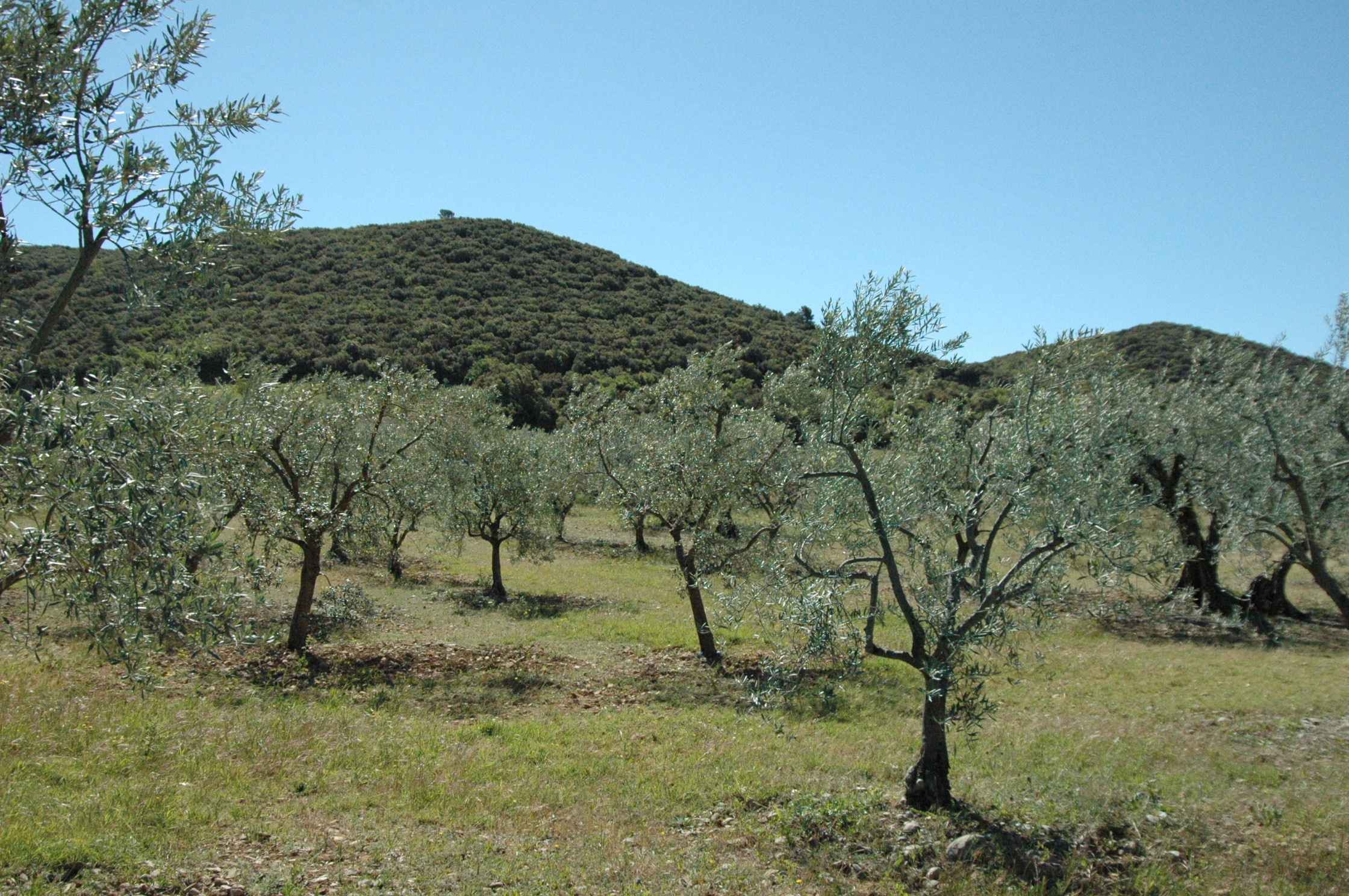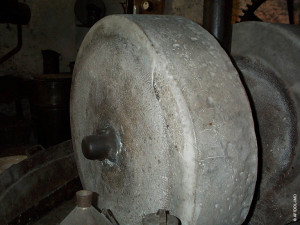History of the olive tree gets lost in the mists of time and merges with the one of civilizations which followed each other in the Mediterranean and which have for evermore influenced the culture of this part of the world. Coming from the Mediterranean basin, the olive tree would have appeared 60 000 years ago under a wild form.
History
We call it then «oleaster», it looks like a thorny shrub with small leaves. Man has probably always harvested fruits from the wild olive tree. Then, cultivators of the Neolithic have begun organizing the production of the fruit of olive trees and probably the extraction of olive oil.
The olive growing (cultivation of the olive tree) dates in this way from the invention of agriculture. With its domestication, the oleaster changes, develops to become a tree, as we know it nowadays.
The olive tree in France
The olive growing knew phases of strong development but also long periods of fall. The climatic variations and economical competition explain these fluctuations in the development of this cultivation (the olive tree dies because of the coldest part of the winter).
But it is important to underline the permanent obstinacy of the inhabitants of the olive area to maintain come hell or high water the presence of olive tree in their landscapes.
This shows the existence of a real emotional link between man and olive tree. To get convinced of it, it is just enough to have a walk in an olive grove or to talk to an olive grower.
From Antiquity to the Middle Ages… to the Renaissance
Fossilized leaves dating from 8000 years before BC have been found in the Provence region, in Roquevaire and in Sainte-Baume, fossilized pollens in the Languedoc region in Tautavel: it testifies of its presence in France since a long time. We take a census of several thousand years old olive trees, such as those of Roquebrune-Cap-Martin (Alpes-Maritimes), not to mention centenarian olive tree fields. History reports it has been imported by Phocaeans, which, set up in Marseille (Massalia) would have developed its production after having improved the one of the vineyard.
We take a census of several thousand years old olive trees, such as those of Roquebrune-Cap-Martin (Alpes-Maritimes), not to mention centenarian olive tree fields. History reports it has been imported by Phocaeans, which, set up in Marseille (Massalia) would have developed its production after having improved the one of the vineyard.
Then Romans have spread its cultivation to the South of France. Many vestiges testify of its importance at Gallo roman era from Carcassonne to Vaison-la-Romaine.  During all the Middle Age era, the olive tree is cultivated in villages of the South of France that have almost all an olive mill at this time.
During all the Middle Age era, the olive tree is cultivated in villages of the South of France that have almost all an olive mill at this time.
Olive oil moves about and toll tariffs are specifically introduced for it especially in Nice, Brignoles, Trinquetaille, Valensole. It’s a seasonal trade very linked to religious rites and in particular to the Lent. There are just a few literacy traces of olive tree cultivation until the end of the Renaissance. We have to say that Provence and Languedoc regions knew many scourges throughout the Middle Ages that affected rural populations (plague, famine, wars…) and their farms (pillage,…). Successive frosts have also affected olive trees. However some sovereign actions have ensured maintaining and sometimes developing the olive tree on more or less long periods, for example the exemption of the tithe on olives.
From the 16th century, olive oil is exported beyond the South of France thanks to Marseille and Nice harbors.
Modern times
At that time, real olive groves appear (until then, olive trees were generally scattered in the middle of other plantations) as well as a trade of olive oil. In the 19th century, the development of olive growing knows a maximal growth, thanks to its large use in numerous traditional industries (Marseille’s soap, textiles,…): France counts 26 million of olive trees on 168 000 acres.
The renewal...
The extraction of olive oil, an old mechanization

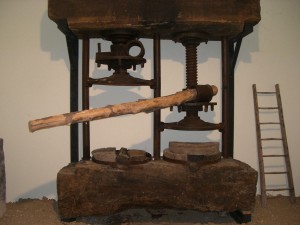
 Technology of oil press and millstone was spread and popularized by Romans in the Mediterranean basin. Until the middle of the 19th century the technology improves the ones invented in Antiquity, then, little by little mechanization sets up : hydraulic engineering then electricity allow turning the millstone then the oil press and electronics appears in the 50’s.
Technology of oil press and millstone was spread and popularized by Romans in the Mediterranean basin. Until the middle of the 19th century the technology improves the ones invented in Antiquity, then, little by little mechanization sets up : hydraulic engineering then electricity allow turning the millstone then the oil press and electronics appears in the 50’s. 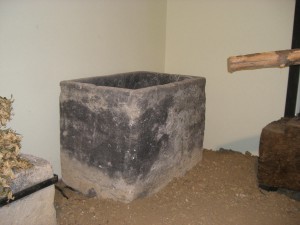
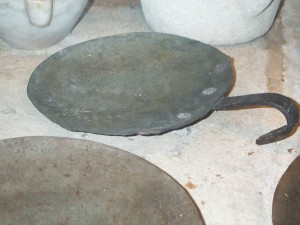 Despite of these improvements and transformations, the extraction of olive oil is based on the same principles: crushing / grinding, kneading, extracting. In France, this is still a family and handwork know-how.
Despite of these improvements and transformations, the extraction of olive oil is based on the same principles: crushing / grinding, kneading, extracting. In France, this is still a family and handwork know-how. 


